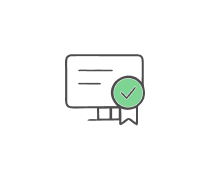A+ Certification : 6.0 Operating System Troubleshooting (Essentials)
2.
You may optionally provide this to label your report, leaderboard, or certificate.
×
Thank you for your feedback!
















